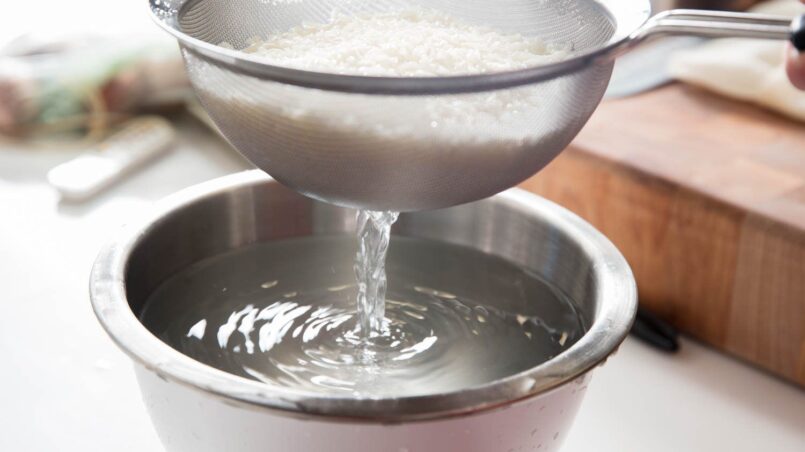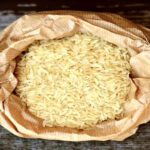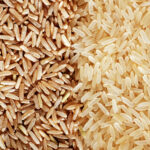There are many discussions about rice cooking. I am covering the majority of them in my series of articles about rice. Is it healthy to cook rice without washing is the topic of this one, so let’s get down to business. Rice is a dietary staple that is consumed by a large number of people all around the globe. But everybody is presumably equally split on how rice should be prepared before cooking, including one side believing that rice may be placed directly into a dish and cooked until this has become a fluffy pile of comforting carbohydrates, while the other believes that rice should indeed be rinsed before cooking. There is also a lot of discussion about adding salt to the rice, or should rice be cooked without water, but you can read about that in my previous articles.
For the most part, we do it practically unconsciously. We unavoidably make our way to the washbasin to wash several things before we prepare them. We are accomplishing several things with this. Removing grit, debris, chemicals, and pests from the food’s surface are just some of them. However, washing may increase the quality of a meal in certain cases, particularly when rice is included.
Is It Healthy To Cook Rice Without Washing – Tips
Rinsing
Among the most frequent carbohydrates found in plants is starch. It is made up of several chains of glucose (a simplistic carbohydrate that is digested to provide energy) and serves as a storage container. Rice grains include starch granules as well as a minor quantity of proteins and fats.
When preparing, white rice should be rinsed thoroughly to eliminate the starchy coating; failing to do so results in odorizer rice that degrades more quickly. Put the rice in a dish, fill it halfway with cold water, and whirl it around with the fingers numerous times until the water is running clean. Of course, removing the starch from rice isn’t ideal for meals that rely heavily on the grain’s smoothness.
When you open a jar or bowl of rice, these grains have traveled a long way. They continually brush against one another throughout the processing, packing, transit, and storage phases. The contact between the dried rice grains causes starch sand to form, which covers the grains.
If the granules aren’t cleaned before simmering, the remaining starch in the liquid will gelatinize and cause the prepared rice grains to stay together. This may result in a particularly sticky feel in certain glutinous rice kinds like sticky rice and arborio rice.
Soaking
Cleaning away the dust is especially crucial in meals like biryanis and stir fry that utilizes long-grain grains like basmati and is graded on how distinct the prepared rice grains are. The grain is prepared to soak because the drainage water is clear. This indicates that many of the starch particles have been washed away.
Soaking rice before cooking (typically for 30 minutes) has a few advantages: First, since the grains absorb moisture, it reduces the amount of time it takes to prepare. Processing the grains softens them, causing the amylose molecules inside the starch molecules to contain moisture and expand. Related to rice varieties known for their scents, such as basmati and jasmine, soaking the rice before cooking it over medium heat intensifies the perfume. This is due to the fact that soaking reduces the length of time required for boiling. Resulting in less loss of the aromatics that come from nature during the preparation of food.





1 Comment